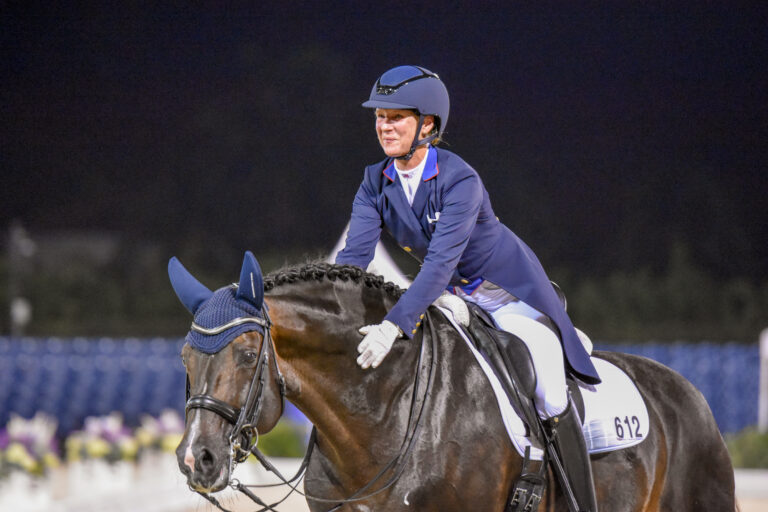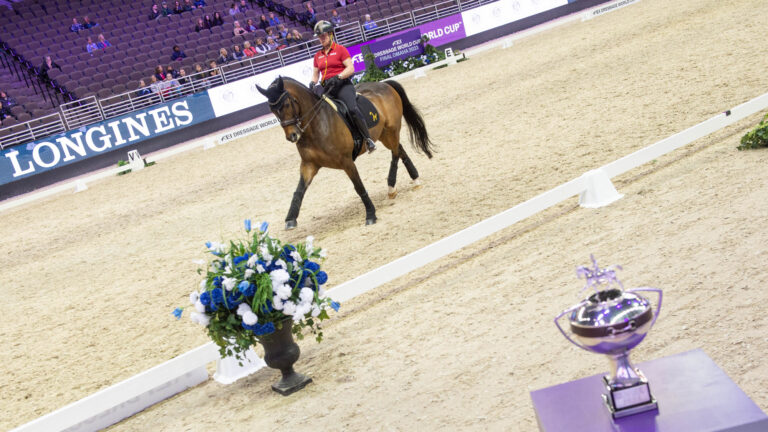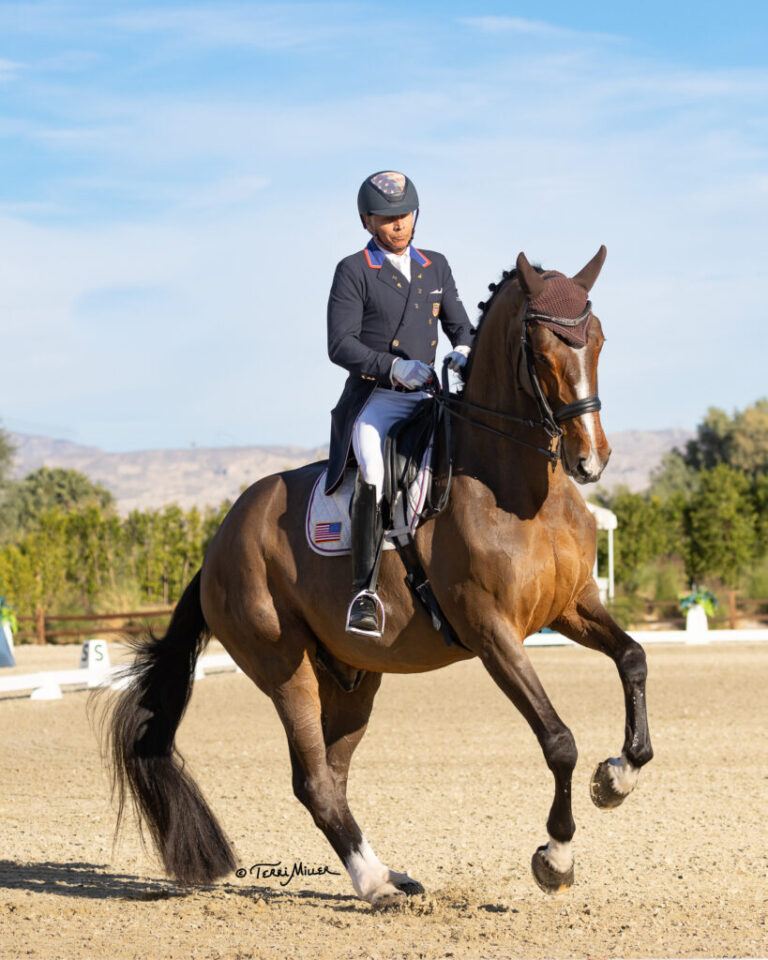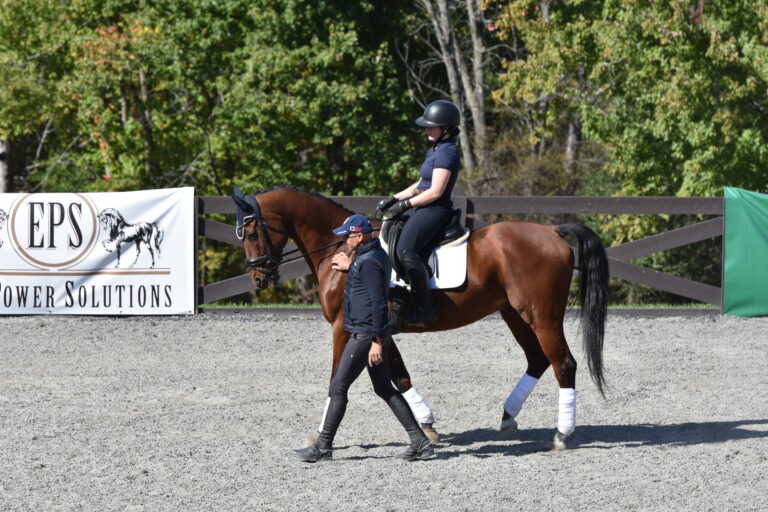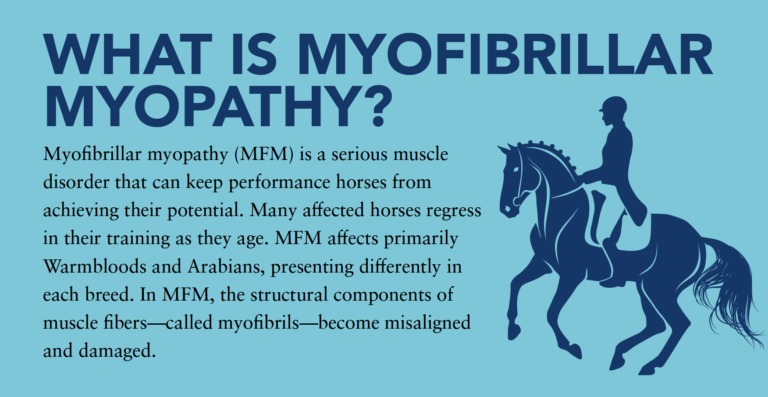Q: I’ve seen riders do dressage tests at combined-training events and at shows that were strictly for dressage. It doesn’t look quite the same, and I want to know what the difference is between the two. —Name withheld by request
A: As a judge, trainer and rider of both eventing dressage and regular dressage, I can honestly say that dressage is dressage is dressage! The basic requirements for a correct dressage ride are really no different in either discipline. Eventing judges are meticulously trained to evaluate dressage tests using the same standard that dressage judges do when a horse and rider start down the centerline. Movements may be in different sequences, but just as an example, a 15-meter canter circle that receives a score of 7 in a dressage test should receive exactly the same score in an eventing dressage test, provided it is performed in exactly the same way. Event horses are not judged differently simply because they must also gallop around the cross-country course and perform a show-jumping round.
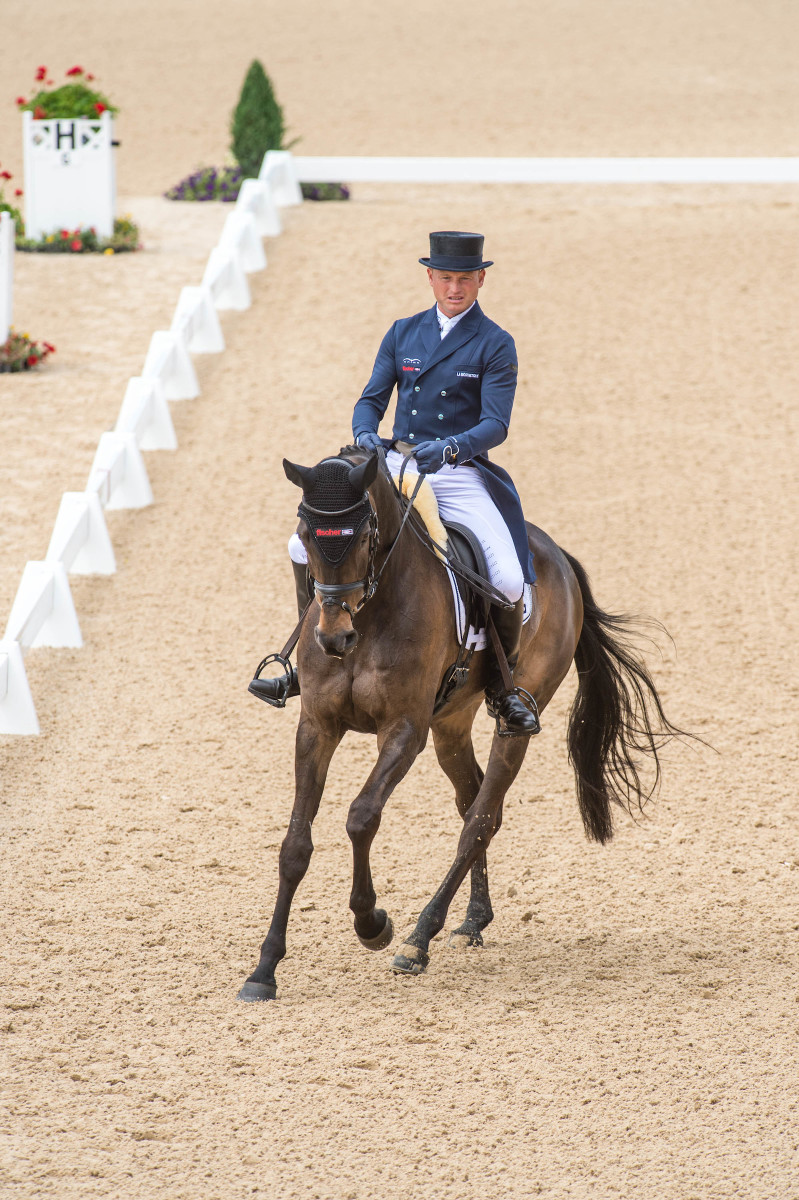
That said, the expectations can be different at corresponding levels of competition. For example, there’s a big difference in the highest-level test and its requirements when you compare the Olympic Grand Prix dressage competition with three-day-eventing dressage at the Olympic level. The highest-level eventing dressage test is comparable to a U.S. Equestrian Federation (USEF) Third Level test, therefore, the degree of collection needed is different. That’s just one example of what judges expect to see.
The type of horse is also quite different. Since many highly successful event horses are Thoroughbreds and Thoroughbred/warmblood crosses, they must be very fit to meet the demands of the cross-country phase. Riding an exuberant Thoroughbred who is truly “on the muscle” through a steady and obedient dressage test requires a great deal of skill, tact and patience on the part of the event rider. Conversely, in the dressage world, riders sometimes must cope with the opposite problem—trying to motivate their sometimes-phlegmatic partners to develop more power and enthusiasm. At the Olympic level, both disciplines prefer horses with three good gaits. The pure dressage horses tend to be more elastic and uphill with more power from behind. Event horses need more ground-covering gaits to do their jobs.
As for the riders, there’s not really any difference in the top riders in the two disciplines. They all ride very accurate tests on well-trained horses, showing mastery of the basics for their level. These days, many event riders seek out dressage coaches and trainers to help them perfect their dressage technique. For example, Linda Zang comes to mind as an internationally renowned dressage judge and trainer who is extremely popular and sought after by eventers who want to improve their dressage. And in both disciplines, judges today very often give scores of 8, 9 and 10 at the Olympics and world championships, and rightly so, because these horses and riders deserve them.
I notice the biggest differences when I judge at the national level. Both dressage and event riders produce accurate tests, but the eventers tend to be bolder. For example, they are more likely to show clear differences between a working trot and a trot lengthening or between the medium and extended gaits and to perform a clear transition back. I also see that where most dressage riders will put in a steady and consistent ride, event riders may go for it, taking a risk. The downside of that bold approach is that it may produce a mistake. But most eventers are cool customers who are able to recover well, put that moment behind them and keep on going.
On the other hand, eventers could improve the overall quality of their tests by acquiring more of the typical dressage rider’s interest in precision and perfection in every movement, including maintaining the quality of the gaits and adhering closely to the training scale.
Marilyn Payne is an FEI eventing judge and USEF “S” dressage judge. She judged at the 2008 Olympic Games in Hong Kong and was president of the ground jury at the 2010 Alltech World Equestrian Games. She has officiated at many dressage shows and events worldwide, including the Rolex Kentucky Three-day Event.


